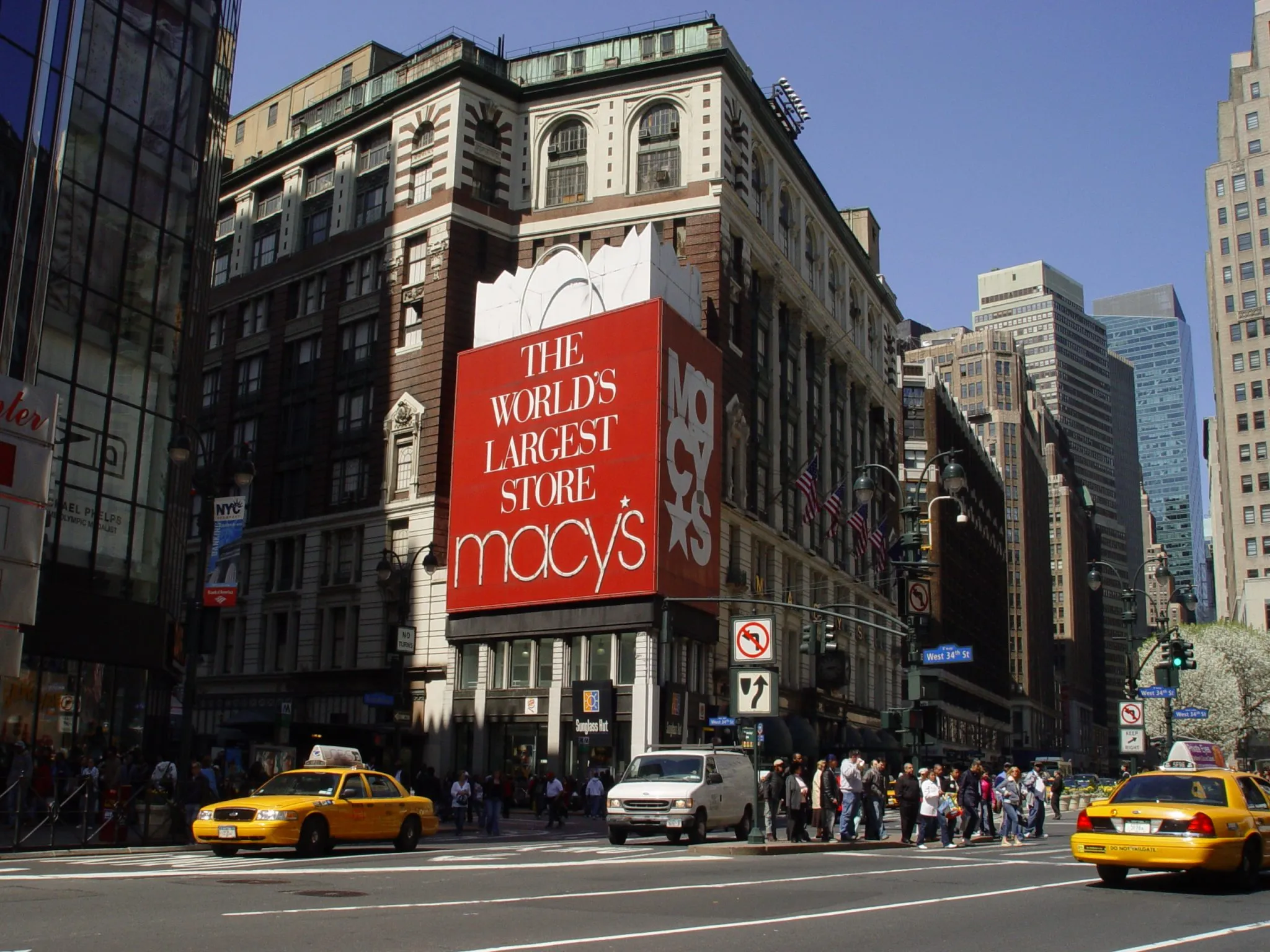Macy’s Shocking Store Closures: Is Your Local Location on the List?
In a dramatic move that’s sending shockwaves through the retail industry, Macy’s has announced plans to close 150 stores by 2026, with an initial 50 locations set to shut down in 2024. This strategic decision marks a significant transformation for the iconic department store chain, impacting thousands of employees and local communities across the United States.
The Bigger Picture
Macy’s is not just trimming its store count—it’s executing a carefully planned retail strategy. The company has conducted an extensive six-to-seven-month evaluation of its store performance, considering critical factors such as:
- Customer demographics
- Digital market demand
- Store condition and profitability
- Local market potential
“We’re building a more focused, efficient retail footprint,” said Macy’s CEO Tony Spring, emphasizing the company’s commitment to maintaining only its most profitable locations.
Who Will Be Affected?
The closures will impact stores in multiple states, with confirmed locations including:
- Arlington, Virginia
- San Leandro, California
- Lihue, Hawaii
- Simi Valley, California
- Tallahassee, Florida
Notably, the iconic 400,000-square-foot San Francisco flagship store is also on the potential closure list, signaling the company’s willingness to make tough decisions about even its most prominent locations.
Employment Impact
The human cost of these closures is significant. Over 2,300 employees will be directly affected by the initial round of store shutdowns announced in January. This represents a substantial workforce reduction that will undoubtedly create challenges for many families.
A Strategic Pivot
Despite the closures, Macy’s is not retreating—it’s repositioning. The company plans to:
- Invest in remaining 350 stores
- Enhance customer service experiences
- Open up to 30 new smaller-format stores in suburban areas
- Expand Bloomingdale’s and Bluemercury brands
Broader Retail Trends
These closures reflect wider shifts in the retail landscape. Traditional department stores are struggling to compete with:
- Online shopping platforms
- Changing consumer preferences
- Rising operational costs
- Digital marketplace competition
Financial Considerations
Macy’s namesake stores have underperformed compared to its other brands like Bloomingdale’s and Bluemercury. This strategic move aims to consolidate resources and focus on more profitable segments of their business.
Community Implications
The store closures will have ripple effects beyond just retail. Many local communities rely on Macy’s as a key shopping destination, and these closures could significantly impact local economic ecosystems.
Looking Forward
While the news might seem dire, Macy’s leadership remains optimistic. “We’re not shrinking—we’re transforming,” Spring emphasized, highlighting the company’s commitment to adapting in a rapidly changing retail environment.
How to Check If Your Local Store Is Closing
Customers concerned about their local Macy’s can:
- Visit Macy’s official website
- Check local store listings
- Contact Macy’s customer service
- Monitor local news for specific closure announcements
Conclusion
Macy’s store closures represent more than just a business decision—they symbolize the ongoing digital transformation of retail. As consumers, we’re witnessing a significant moment in shopping history.
Stay informed, stay adaptable.
Disclaimer: Store closure information is current as of February 2024 and subject to change.






Leave a Comment